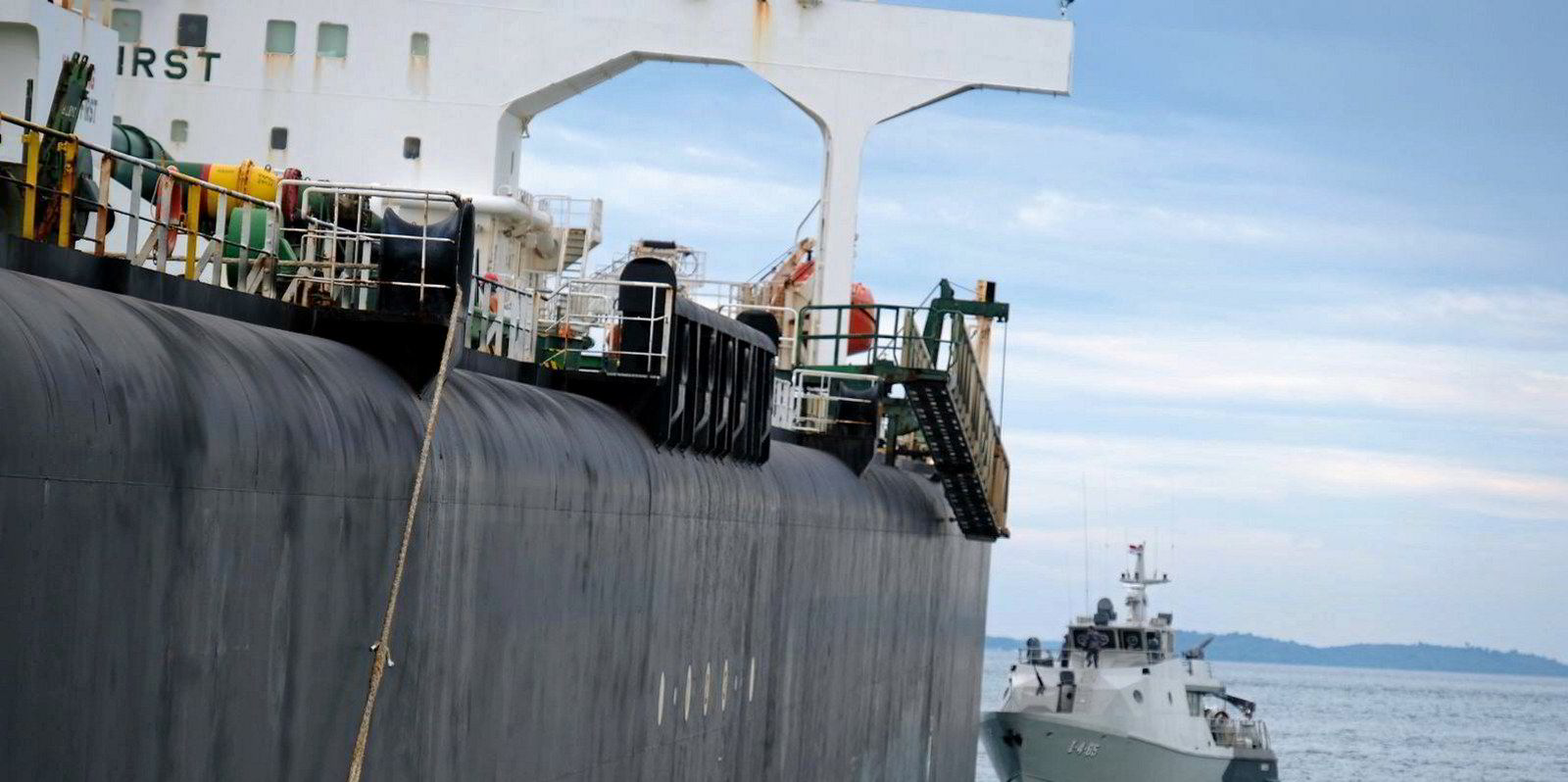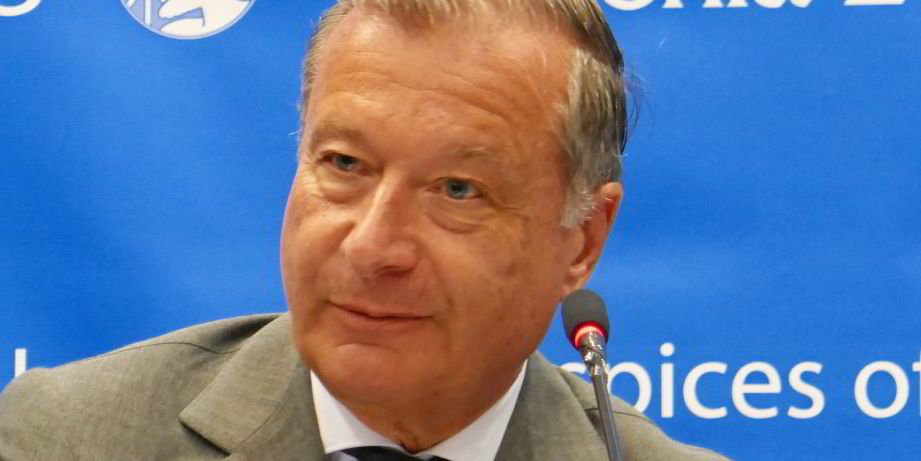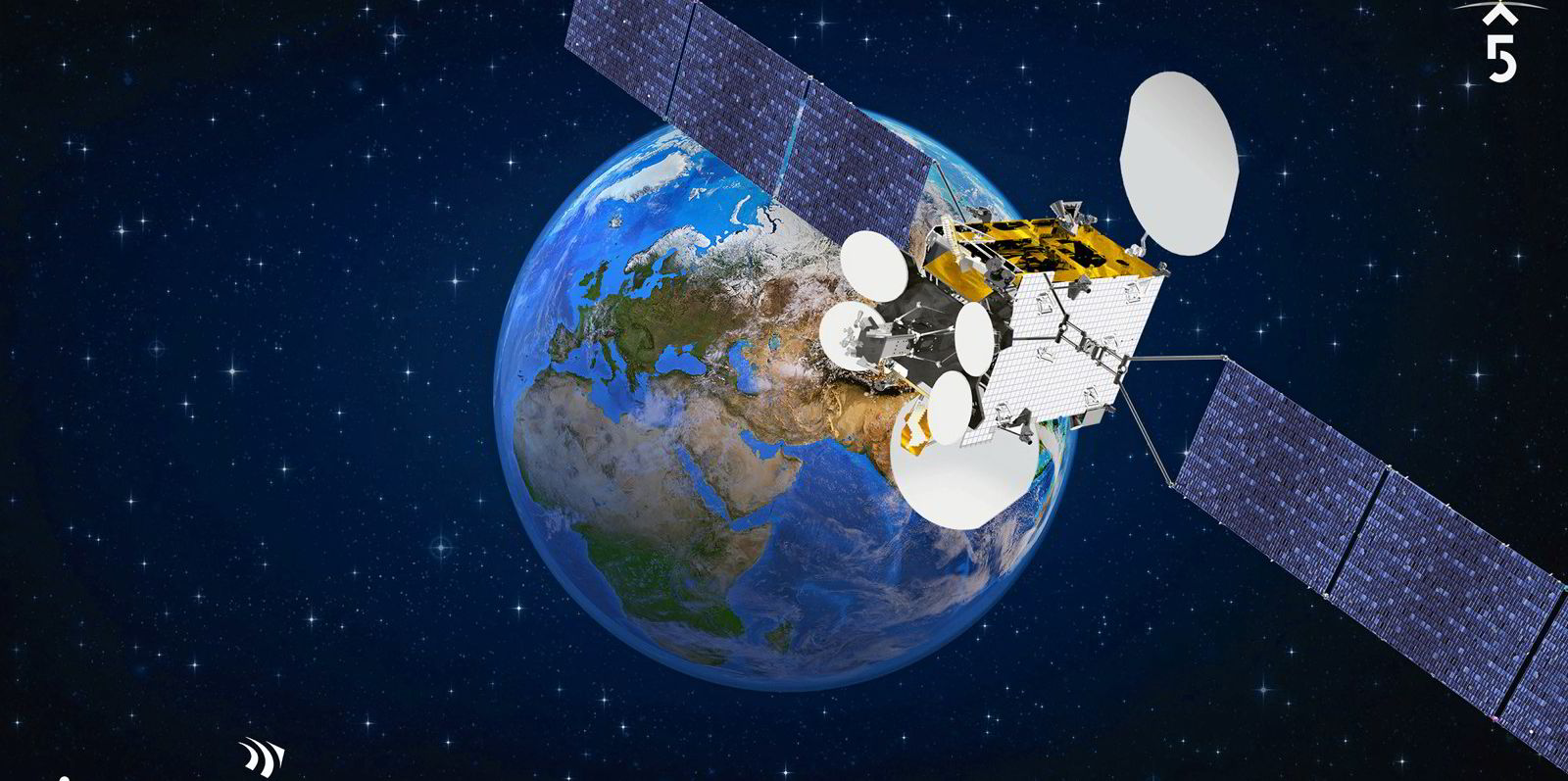Tankers of a certain vintage, plus those with ice-class notations, continue to earn strong premiums in the secondhand market, latest transactions show.
Aeolos Management is reported to have sold the 298,495-dwt Syfnos (built 2006) — fitted with a scrubber and ballast water treatment system (BWTS) — for $56m to undisclosed interests, according to Clarksons.
The Greek shipowner, which is linked to the Embiricos family, is said to have purchased the Japanese-built VLCC in August 2018 for $33.4m.
“After accounting for the fact that at the time of purchase by the sellers she was not scrubber-fitted, this sale is still a good example of firming secondhand tanker values,” Clarksons said.
Elsewhere, the Thenamaris-linked scrubber and BWTS-fitted 318,669-dwt Seaking (built 2005) was reported sold for $51.5m.
Affinity (Shipping), which reported the sale, said: “Secondhand tankers continue to change hands in swathes across all size segments, with all but two aged 2010 and older.”
In the suezmax segment, multiple brokers have reported the sale of Seven Islands Shipping’s 159,155-dwt Concord (built 2005) for about $33m.
Brokers said the Indian owner bought the vessel in September 2020 for $21.5m, so it netted a healthy return of $11.5m.
In the aframax segment, General National Maritime Transport Co is reported to have offloaded two ice-class 1A ships — the 114,795-dwt Alhani (built 2007) and 114,858-dwt Samraa Alkhaleej (built 2006), according to Clarksons.
The South Korean-built, BWTS-fitted tankers have reportedly been sold en bloc for around $86m with January 2023 delivery.
The shipbroker said two similar-aged ice-class aframaxes — the 113,553-dwt Blue Sea and Parosea (both built 2006) — were sold in October for $62.5m en bloc.
“This highlights the premium that is being achieved by ice-class tanker sales and the recent increase of sales activity in this sector,” Clarksons said.
Values for aframaxes and suezmaxes have appreciated by more than 58% and 61% since the start of the year, according to a report by Gibson Shipbrokers.
The UK shipbroker said the main reason appeared to be the impending sanctions and corresponding G7 price cap on seaborne Russian crude that came into force on 5 December. The European Union will ban Russian product imports from 5 February 2023 and they will be price-capped.
Gibson said this is expected to lead to a large increase in the fleet of tankers involved in sanctioned oil trades, especially for Russian cargoes, given that aframaxes and suezmaxes typically dominate this market.
However, the broker said last week that we may now be seeing signs of a slowdown in the demand for these tankers, as well as potentially the start of a softening of asset values.
Year-to-date secondhand VLCC sales have reached 75 against the 92 sold in the whole of 2021, according to Clarksons.
Suezmax and aframax sales so far this year number 51 and 120 respectively, compared with 37 and 106 in the whole of last year.





